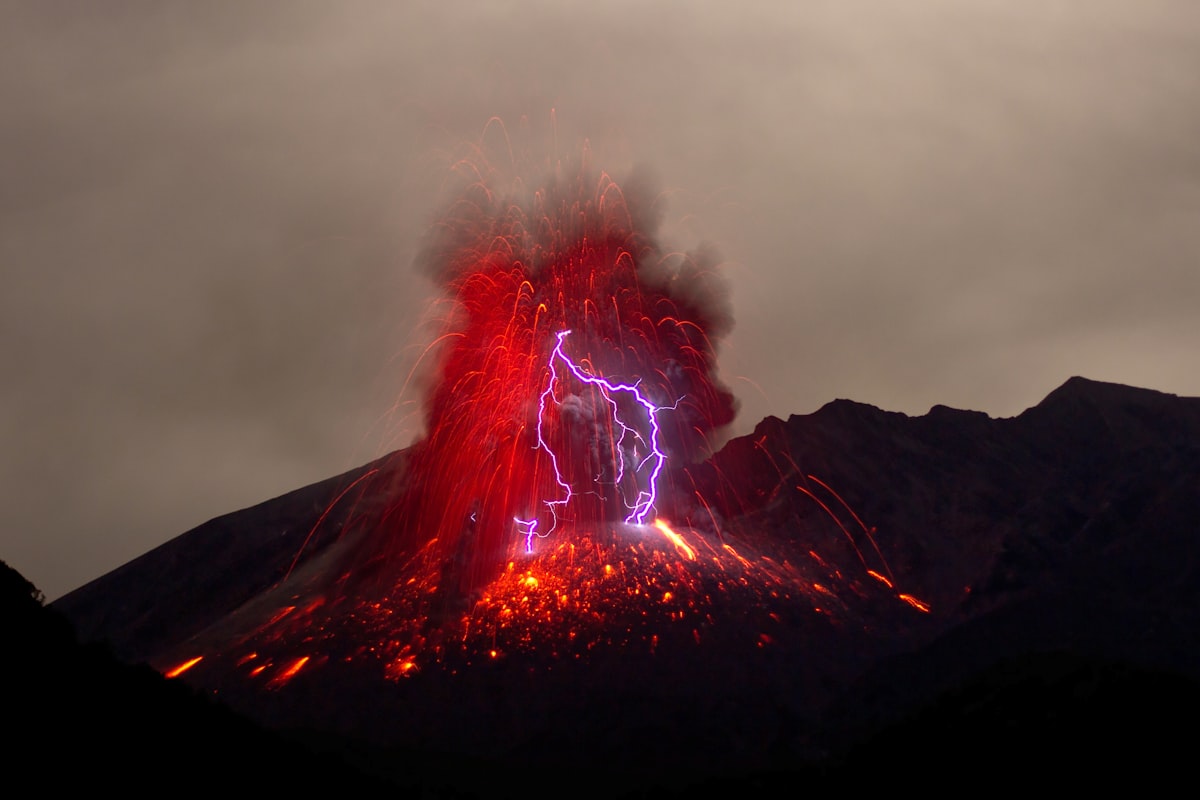Lavavu

A scientific visualisation tool with a python interface for fast and flexible visual analysis.
The acronym stands for: lightweight, automatable visualisation and analysis viewing utility, but "lava" is also a reference to its primary application as a viewer for geophysical simulations. It was also chosen to be unique enough to find the repository with google. The documentation is available here: LavaVu Documentation
LavaVu development is supported by the Monash Immersive Visualisation Plaform and the Simulation, Analysis & Modelling component of the NCRIS AuScope capability.
The project started in the gLucifer1 framework for visualising geodynamics simulations. The OpenGL visualisation module was separated from the simulation and sampling libraries and became a more general purpose visualisation tool. gLucifer continues as a set of sampling tools for Underworld simulations as part of the Underworld2 code. LavaVu provides the rendering library for creating 2d and 3d visualisations to view this sampled data, inline within interactive IPython notebooks and offline through saved visualisation databases and images/movies.
As a standalone tool it is a scriptable 3D visualisation tool capable of producing publication quality high res images and video output from time varying data sets along with HTML5 3D visualisations in WebGL. Rendering features include correctly and efficiently rendering large numbers of opaque and transparent points and surfaces and volume rendering by GPU ray-marching. There are also features for drawing vector fields and tracers (streamlines).
Control is via python and a set of simple verbose scripting commands along with mouse/keyboard interaction. GUI components can be generated for use from a web browser via the python "control" module and a built in web server.
A native data format called GLDB is used to store and visualisations in a compact single file, using SQLite for storage and fast loading. A small number of other data formats are supported for import (OBJ surfaces, TIFF stacks etc). Further data import formats are supported with python scripts, with the numpy interface allowing rapid loading and manipulation of data.
A CAVE2 virtual reality mode is provided by utilising Omegalib (http://github.com/uic-evl/omegalib) to allow use in Virtual Reality and Immersive Visualisation facilities, such as the CAVE2 at Monash, see (https://github.com/mivp/LavaVR). Side-by-side and quad buffer stereoscopic 3D support is also provided for other 3D displays.
Github repository
github.com/lavavu/LavaVu is the public source code repository for all development on the project. Development happens in the "master" branch with stable releases tagged, so if you just check out master, be aware that things can be unstable or broken from time to time.
How do I get set up?
It's now in the python package index, so you can install with pip:
pip install --user lavavu
If you don't have pip available, you can try sudo easy_install pip or just install Anaconda, which comes with pip and a whole lot of other useful packages for scientific work with python. Once in anaconda pip install lavavu will install the package.
Currently no binaries are provided and the installer needs to compile the library, so on Linux you may need some developer tools and headers first, eg: for Ubuntu: sudo apt install build-essential libgl1-mesa-dev libx11-dev zlib1g-dev
To try it out:
python
> import lavavu
> lv = lavavu.Viewer() #Create a viewer
> lv.test() #Plot some sample data
> lv.interactive() #Open an interactive viewer window
Alternatively, clone this repository with git and build from source:
git clone https://github.com/lavavu/LavaVu
cd LavaVu
make -j4
If all goes well the viewer will be built, try running with: ./lavavu/LavaVu
Dependencies
- OpenGL and Zlib, present on most systems, headers may need to be installed
- To use with python requires python 2.7+ and NumPy
- For video output, requires: libavcodec, libavformat, libavutil, libswscale (from FFmpeg / libav)
- To build the python interface from source requires swig (http://www.swig.org/)
Who do I talk to?
- Report bugs/issues here on github: https://github.com/lavavu/LavaVu/issues
- Contact developer: Owen Kaluza (at) monash.edu
For further documentation / examples, see the online documentation
Included libraries
In order to avoid as many external dependencies as possible, the LavaVu sources include files from the following public domain or open source libraries, many thanks to the authors for making their code available!
- SQLite3 https://www.sqlite.org
- JSON for Modern C++ https://github.com/nlohmann/json
- linalg https://github.com/sgorsten/linalg
- Tiny OBJ Loader https://github.com/syoyo/tinyobjloader
- LodePNG https://github.com/lvandeve/lodepng
- jpeg-compressor https://github.com/richgel999/jpeg-compressor
- miniz https://github.com/richgel999/miniz
- GPU Cubic B-Spline Interpolation (optional) in volume shader http://www.dannyruijters.nl/cubicinterpolation/ 2
- stb_image_resize http://github.com/nothings/stb
1 Stegman, D.R., Moresi, L., Turnbull, R., Giordani, J., Sunter, P., Lo, A. and S. Quenette, gLucifer: Next Generation Visualization Framework for High performance computational geodynamics, 2008, Visual Geosciences
2 Ruijters, Daniel & ter Haar Romeny, Bart & Suetens, Paul. (2008). Efficient GPU-Based Texture Interpolation using Uniform B-Splines. J. Graphics Tools. 13. 61-69.
